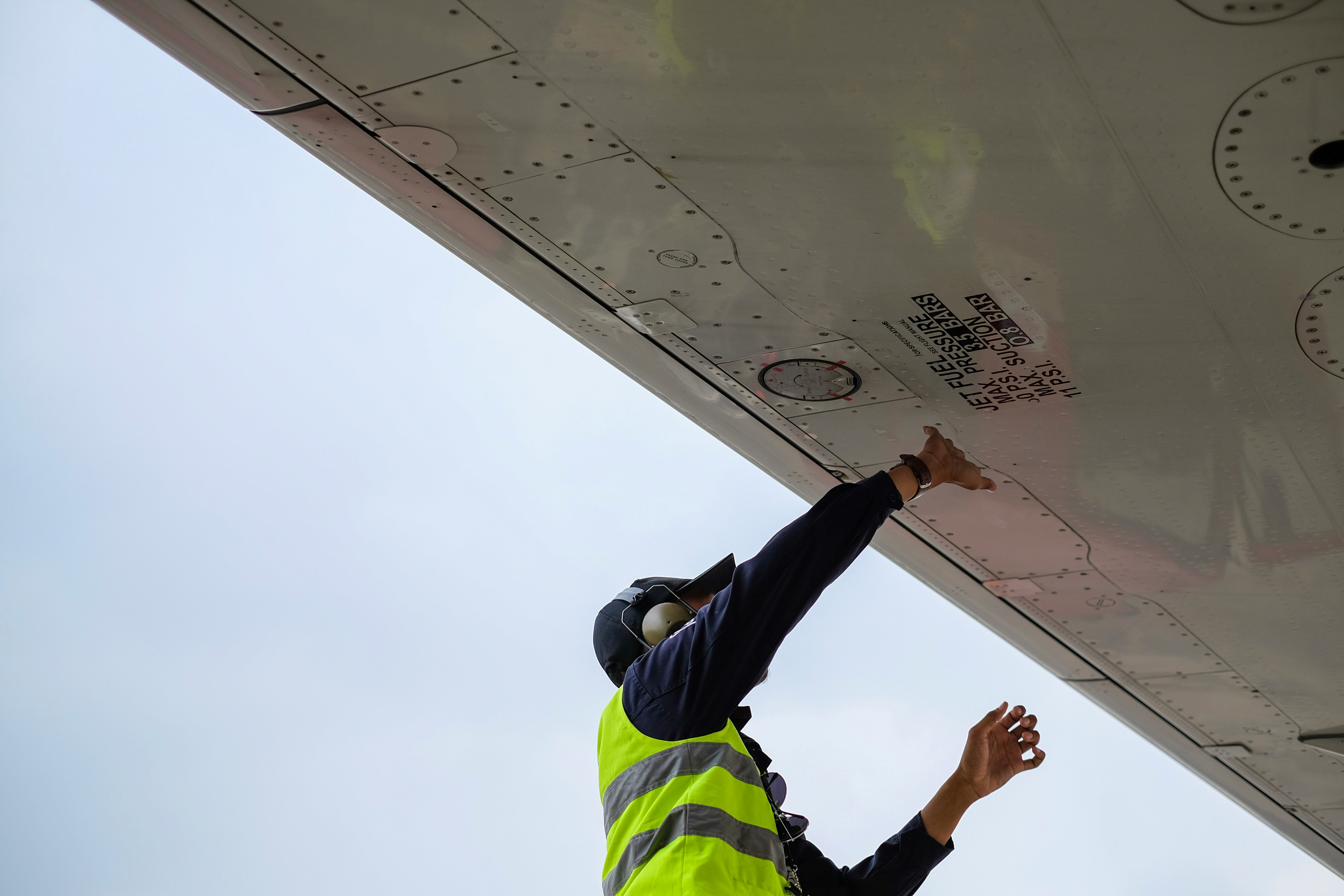The Ultimate Guide to Commercial Lease Management
19 Dec 2024
The Ultimate Guide to Commercial Lease Management
Managing a commercial lease can be a complex process, especially for busy tenants juggling multiple responsibilities. A well-organized lease management strategy not only helps avoid costly mistakes but also ensures compliance with lease terms, streamlines property-related operations, and optimizes your business's financial performance. In this guide, we’ll walk you through everything you need to know about managing commercial leases effectively.
What Is a Commercial Lease?
A commercial lease is a legally binding agreement between a landlord and a tenant for the rental of a property used for business purposes. Unlike residential leases, commercial leases are often more complex and customized to suit the specific needs of both parties.
Key elements of a commercial lease include:
Rent and Outgoings: Base rent plus additional costs like utilities, maintenance, and property taxes.
Lease Term: The duration of the lease, including options for renewal.
Permitted Use: Defines the type of business activities allowed on the premises.
Critical Dates: Important milestones such as rent reviews, renewal deadlines, and termination dates.
Why Is Commercial Lease Management Important?
Effective lease management is critical for avoiding unnecessary expenses, ensuring timely compliance with lease terms, and maintaining a good relationship with your landlord. Here are some benefits:
Avoiding Costly Mistakes: Missing deadlines for rent reviews or renewal options can result in increased costs or loss of the property.
Streamlined Operations: Centralized management of lease documents, critical dates, and property details reduces administrative overhead.
Improved Financial Control: Accurate tracking of rent, outgoings, and other expenses helps manage cash flow and budget effectively.
Steps to Effective Commercial Lease Management
1. Centralize Lease Documents
Organize all lease-related documents, including the lease agreement, addendums, and correspondence, in a single, secure location. Digital solutions, like Properting, allow you to store, access, and manage these documents conveniently.
Best Practices:
Use a cloud-based system for easy access and backup.
Ensure sensitive information is encrypted to maintain confidentiality.
2. Track Critical Dates
Critical dates, such as rent review periods and lease renewal deadlines, are essential to avoid penalties and maximize negotiation opportunities. Set up automated reminders to ensure no deadlines are missed.
Key Dates to Monitor:
Lease commencement and expiry dates.
Rent review periods.
Break clause deadlines.
Maintenance and compliance inspection schedules.
3. Understand Lease Terms
Take time to understand the details of your lease, especially clauses related to rent, outgoings, and make-good obligations. These terms often have significant financial implications.
What to Watch For:
Rent Increases: Is the rent fixed, or will it increase periodically?
Outgoings: Are you responsible for utilities, property taxes, or insurance?
Make-Good Obligations: What are your responsibilities when the lease ends?
4. Monitor Expenses and Outgoings
Keep a detailed record of all payments related to your lease. Regularly review invoices for rent, outgoings, and other charges to ensure they align with the lease terms.
Tips for Expense Management:
Cross-check invoices against your lease agreement.
Negotiate unclear or disputed charges with your landlord promptly.
5. Prepare for Rent Reviews
Rent reviews are opportunities to negotiate better terms. Be prepared with data on comparable rents in your area to support your case.
Steps to Prepare:
Research market rates for similar properties.
Engage a commercial property expert if necessary.
6. Plan for Lease Renewal or Exit
Decide well in advance whether you want to renew the lease or vacate the property. Start negotiations early to secure favorable terms or find a new space that better meets your needs.
Renewal Checklist:
Review current lease terms and identify negotiation opportunities.
Ensure all obligations, such as maintenance or make-good, are fulfilled.
How Properting Simplifies Lease Management
Properting’s web app is designed specifically for commercial tenants in Australia to streamline lease management. Here’s how it can help:
Centralized Document Storage: Upload and access all lease documents in one place.
Automated Reminders: Receive email prompts for critical dates to ensure you never miss an important deadline.
Comprehensive Tracking: Manage property details, rent, outgoings, and compliance requirements seamlessly.
Future-Proofing: As a lead generator for commercial spaces, Properting helps you find your next property when your lease ends.
Conclusion
Commercial lease management doesn’t have to be daunting. By organizing your documents, tracking critical dates, and understanding lease terms, you can avoid costly mistakes and focus on growing your business. Tools like Properting make it easy to stay on top of your lease obligations, ensuring a smooth and stress-free experience.
Ready to simplify your commercial lease management? Sign up for Properting today and take control of your leases!



